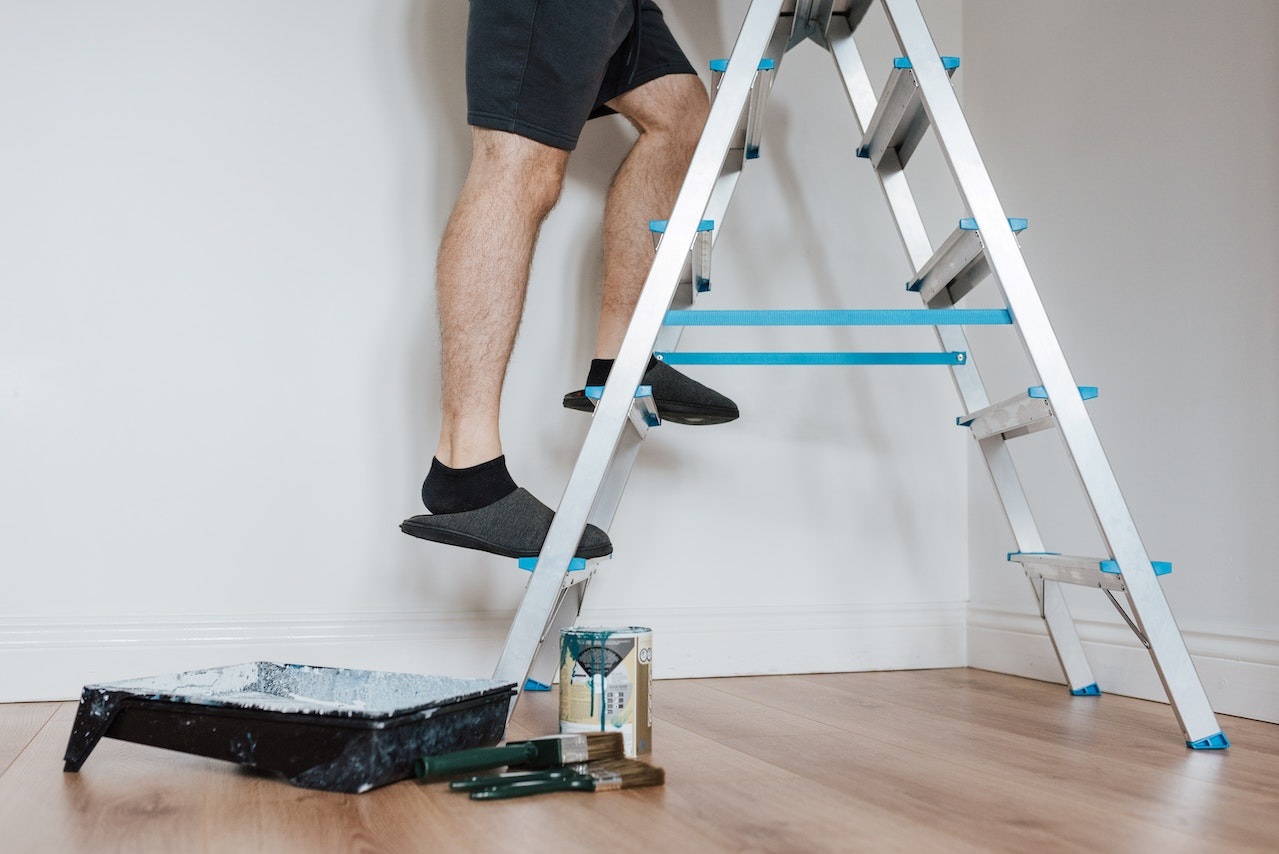

Articles
How To Use A Step Ladder
Modified: October 22, 2024
Learn how to safely and effectively use a step ladder with our informative articles. Gain valuable tips and techniques for maximizing your ladder usage.
(Many of the links in this article redirect to a specific reviewed product. Your purchase of these products through affiliate links helps to generate commission for Storables.com, at no extra cost. Learn more)
Introduction
Using a step ladder can be a handy solution for various tasks around the house, from changing light bulbs to reaching high shelves. However, it’s important to use a step ladder properly to ensure your safety and prevent accidents. This article will guide you through the steps of using a step ladder correctly, from choosing the right ladder to safely climbing and descending.
Before you embark on any task that requires a step ladder, it’s crucial to select the appropriate ladder for the job. Different tasks may require different types of step ladders, such as a folding step ladder, an extension step ladder, or a platform step ladder. Assess your needs and consider the height, weight capacity, and stability of the ladder to ensure it can safely support you and any tools or materials you may be carrying.
Once you have chosen the right step ladder, the next step is to carefully inspect it before use. Look for any signs of damage, such as bent or broken steps, loose screws or hinges, or wobbly legs. Check that the locking mechanisms are secure and functioning properly. It’s important to address any issues or defects before using the step ladder to prevent accidents.
Now it’s time to set up the step ladder in a safe and stable manner. Find a flat and level surface to place the ladder on. Make sure the ladder is fully opened and the spreaders or braces are locked in place. Position the ladder at a slight angle, with the base about one-f
Key Takeaways:
- Choose the right step ladder by considering height, weight capacity, type, stability, and storage. This ensures safety and efficiency for various household tasks.
- Prioritize safety by inspecting, setting up, climbing, descending, and storing the step ladder properly. Always maintain three points of contact and seek assistance if needed.
Step 1: Choose the right step ladder
Choosing the right step ladder is the first and most important step in ensuring your safety when using a ladder. There are several factors to consider when selecting a step ladder that is suitable for your needs.
The first consideration is the height of the ladder. Determine the maximum height you need to reach, whether it’s for changing light bulbs, cleaning windows, or accessing high shelves. Select a step ladder that exceeds this height to provide a margin of safety. Remember, it’s better to have a ladder that is slightly taller than you need than one that is too short.
Next, consider the weight capacity of the ladder. Every ladder has a maximum weight limit that it can safely support. Take into account your own weight as well as any tools or materials you will be carrying while using the ladder. Make sure the ladder you choose has a weight capacity that exceeds your requirements.
Another important factor to consider is the type of step ladder. There are various types of step ladders available, each with its own advantages and disadvantages. These include folding step ladders, extension step ladders, and platform step ladders. Folding step ladders are compact and easy to store but have a limited height range. Extension step ladders can be adjusted to different heights but are generally bulkier. Platform step ladders have a wide platform at the top for added stability and can be more comfortable for longer tasks.
Consider the stability and durability of the step ladder. Look for a ladder that is made of high-quality materials, such as aluminum or fiberglass, which are known for their strength and durability. Check for sturdy construction and secure joints and connections. Ensure that the ladder has non-slip feet or pads to prevent it from sliding or wobbling while in use.
Lastly, take into account the storage and transportation of the ladder. If you have limited space or need to transport the ladder frequently, choose a ladder that is lightweight and easy to fold or collapse. Some step ladders come with built-in handles or wheels for easier movement.
By carefully considering these factors and choosing the right step ladder, you can ensure your safety and improve your efficiency when completing various tasks around the house.
Step 2: Inspect the step ladder
Before using a step ladder, it is crucial to thoroughly inspect it to ensure that it is in good working condition and free from any defects that may compromise your safety. By conducting a proper inspection, you can identify any potential hazards and take appropriate measures to address them.
Start by visually examining the ladder for any signs of damage, such as bent or broken steps, cracked or splintered wooden parts, or rusted metal components. These can weaken the ladder’s structure and make it unsafe to use. Pay close attention to any screws, hinges, or joints, and make sure they are tight and secure.
Check the ladder’s feet or pads to ensure they are intact and provide sufficient traction. Worn-out or missing feet can increase the risk of the ladder slipping or sliding while in use. If necessary, replace the feet or pads to maintain stability.
Verify that all locking mechanisms, such as spreaders or braces, are functional and engage properly. These mechanisms are designed to keep the ladder in a stable and locked position during use. If any of the locking mechanisms are damaged or not working correctly, refrain from using the ladder until they are repaired or replaced.
Some step ladders are equipped with safety features such as safety locks or safety chains. Make sure these are in good condition and properly installed. Safety locks are designed to keep the ladder securely in an open position, while safety chains provide an additional level of security by preventing the ladder from overextending.
If your step ladder has any additional features, such as platforms, tool trays, or handrails, inspect them as well. Ensure that these elements are securely attached and in good working order. Loose or damaged accessories can cause instability or pose a safety risk.
Remember to perform a thorough inspection of your step ladder before each use. Even if you have used the ladder recently, unforeseen damage or wear and tear may have occurred. Regular inspections will help to identify any issues early on and prevent accidents.
If you notice any damage or defects during the inspection, it is important to address them promptly. Repair or replace any damaged parts according to the manufacturer’s instructions or seek professional assistance if needed. Your safety should always be the top priority when using a step ladder.
Step 3: Set up the step ladder
Properly setting up a step ladder is crucial for ensuring stability and safety while using it. Follow these steps to set up your step ladder correctly:
- Choose the right location: Find a suitable area for setting up the ladder. Ensure that the floor surface is flat, stable, and free from any obstacles or debris that could cause the ladder to slip or wobble. Avoid placing the ladder near doorways or high-traffic areas to prevent accidental collisions.
- Fully extend the ladder: Unfold the ladder completely, ensuring that all sections and hinges are locked securely. If your step ladder has spreader bars or braces, ensure they are fully extended and locked in place. Double-check that all locking mechanisms are engaged and working correctly.
- Set the proper angle: Position the step ladder at a slight angle from the vertical position, forming an inverted “V” shape. This angle allows for better stability and weight distribution while climbing or working on the ladder. The base of the ladder should be about one-quarter of the ladder’s working height away from the supporting surface.
- Secure the ladder: If the step ladder has non-slip feet or pads, make sure they are in contact with the ground and provide a solid grip. If necessary, adjust the ladder’s position to ensure all feet or pads are firmly planted on the surface. Take extra precautions if using the ladder on slippery or uneven surfaces by using non-slip mats or leveling the ground if possible.
- Test stability: Before climbing or applying any weight on the ladder, give it a gentle shake to test its stability. If the ladder feels wobbly or unstable, readjust its position, check the locking mechanisms, or consider using a different ladder if necessary. It’s crucial not to compromise your safety by using an unstable ladder.
It’s worth noting that some step ladders come with additional safety features, such as stabilizer bars or braces. These elements can provide extra support and stability, especially when working at higher heights or on uneven surfaces. If your ladder has these features, make sure they are properly deployed and locked in place.
By following these steps and setting up your step ladder correctly, you can ensure a stable and safe working platform for your tasks. Always take the time to set up the ladder properly, as it will greatly reduce the risk of accidents or injuries while using the ladder.
When using a step ladder, always make sure it is fully opened and locked into place before climbing. Also, maintain three points of contact at all times – two feet and one hand, or two hands and one foot.
Step 4: Climb the step ladder safely
When using a step ladder, it is crucial to climb and descend safely to minimize the risk of falls or accidents. Follow these guidelines to climb a step ladder safely:
- Start with proper footwear: Wear closed-toe shoes with non-slip soles to provide good traction and stability while climbing the ladder. Avoid wearing loose or dangling clothing that could get caught in the ladder’s steps or mechanisms.
- Maintain three points of contact: Always maintain three points of contact with the ladder while climbing. This means having either two hands and one foot or two feet and one hand on the ladder at all times. Keep a firm grip on the ladder’s side rails or steps to help maintain stability.
- Face the ladder: Face the ladder squarely while climbing up or down. Avoid leaning or reaching too far to the side, as this can compromise your balance and stability. Keep your body centered between the side rails and avoid overreaching for objects.
- Avoid climbing past the top: Do not climb higher than the second-to-last step of the ladder. Climbing above this point can lead to instability and increase the risk of falls. If you need to reach a higher point, consider using a taller ladder or alternative equipment that is specifically designed for the task.
- Do not overreach: When working on the ladder, avoid leaning or stretching too far to access objects. Instead, reposition the ladder closer to your work area to maintain balance and stability. Overreaching can cause the ladder to tip or shift, increasing the risk of accidents.
- Take one step at a time: Ascend and descend the ladder one step at a time, maintaining a steady and controlled pace. Avoid rushing or skipping steps, as it can lead to loss of balance and accidents. Take your time and focus on each step as you climb up or down.
- Use tools and materials safely: If you need to carry tools or materials while climbing the ladder, use a tool belt or place them in a secure container to keep your hands free for climbing. Never carry heavy or bulky items that can impede your balance or obstruct your view.
- Ask for assistance if needed: If the task requires additional support or if you feel uncomfortable or uncertain about climbing the ladder, seek assistance from a qualified person. It’s better to ask for help rather than risk your safety.
By following these guidelines, you can climb a step ladder safely and minimize the risk of falls or accidents. Remember to always prioritize your safety and take necessary precautions to ensure a secure and stable climbing experience.
Read more: How To Close Step Ladder
Step 5: Descend from the step ladder
Descending from a step ladder safely is just as important as climbing it. Follow these guidelines to ensure a safe descent:
- Plan your descent: Before you start descending, assess the area around the ladder and make sure it is clear of any obstacles or hazards. Plan your route and ensure there is enough space to safely step off the ladder.
- Face the ladder: When descending, maintain a forward-facing position and grip the ladder’s side rails or steps securely with both hands. This will help maintain balance and provide stability as you descend.
- Step down carefully: Step down one step at a time, keeping your weight evenly distributed on each step. Avoid skipping steps or quickly jumping off the ladder, as this can lead to loss of balance or accidents. Take your time and focus on each step as you descend.
- Use three points of contact: Similar to climbing, maintain three points of contact with the ladder during descent. This means always having either two hands and one foot or two feet and one hand on the ladder until you reach the ground.
- Face the ladder during descent: Always face the ladder while descending and avoid leaning or reaching to the side. This helps to maintain your center of balance and reduces the risk of slipping or falling.
- Be cautious of loose or falling objects: If you have tools or materials with you on the ladder, securely place them in a tool belt or container. Be mindful of any loose or falling objects and ensure they do not create a tripping hazard as you descend.
- Maintain a controlled pace: Descend the ladder at a steady and controlled pace. Avoid rushing or trying to descend too quickly, as it can increase the chances of losing your footing. Take your time and focus on each step to ensure a safe descent.
- Inspect the ladder after use: Once you have descended from the ladder, take a moment to inspect it for any damage or defects that may have occurred during use. This will ensure the ladder is in good condition for future use.
By following these guidelines, you can safely descend from a step ladder and minimize the risk of accidents or injuries. Take your time, maintain three points of contact, and always prioritize your safety.
Step 6: Properly store the step ladder
Properly storing your step ladder is essential for maintaining its longevity and ensuring that it remains in good working condition. By following these guidelines, you can ensure that your ladder is stored safely and ready for future use:
- Clean the ladder: Before storing the ladder, make sure to remove any dirt, dust, or debris that may have accumulated during use. Use a damp cloth or mild cleaning solution to wipe down the ladder and ensure it is clean and free from any potential contaminants.
- Inspect for damage: Take the time to inspect the ladder for any signs of damage or wear. Check for loose joints, broken steps, or any other issues that may compromise the ladder’s stability or functionality. If you identify any damage, repair or replace the ladder as necessary.
- Collapse or fold the ladder: If your step ladder is collapsible or foldable, carefully collapse or fold it according to the manufacturer’s instructions. Ensure that all locks, hinges, or mechanisms are engaged to keep the ladder securely in its folded or collapsed position.
- Secure any loose parts: If there are any detachable or movable parts on the ladder, such as tool trays or handrails, secure them properly or remove them if necessary. This will prevent any potential damage or loss of these components during storage.
- Choose an appropriate storage location: Find a suitable area for storing your step ladder. Ideally, the storage location should be dry, well-ventilated, and away from extreme temperatures or direct sunlight, which can potentially damage the ladder’s materials or weaken its structure.
- Store the ladder vertically: If possible, store the ladder in an upright, vertical position to conserve space. Secure the ladder against a wall or use ladder hooks or brackets designed for ladder storage. This vertical storage method helps to prevent any unnecessary pressure or strain on the ladder.
- Protect from moisture and pests: Consider using a ladder cover or tarp to protect the ladder from moisture, dust, and pests. This additional layer of protection can help preserve the ladder’s condition and prevent any potential damage during storage.
- Regularly inspect the ladder in storage: Even when in storage, it’s important to periodically inspect the ladder for any signs of damage or deterioration. This will allow you to address any issues promptly and ensure that the ladder remains safe and functional.
By following these storage guidelines, you can keep your step ladder in excellent condition and extend its lifespan. Proper storage not only protects the ladder but also ensures that it is ready for use whenever you need it.
Conclusion
Using a step ladder can be a practical and convenient solution for various tasks around the house. However, it’s crucial to prioritize safety when using a step ladder to prevent accidents and injuries. By following the steps outlined in this article, you can ensure a safe and successful experience with your step ladder.
Choosing the right step ladder for your needs, inspecting it before use, and setting it up correctly are essential steps to ensure stability and prevent accidents. Climbing and descending the ladder safely, maintaining three points of contact, and using proper techniques will further minimize the risk of falls or mishaps. Finally, storing the step ladder properly will help maintain its condition and extend its lifespan.
Remember to always prioritize safety when using a step ladder. Take the time to assess the task at hand and use the appropriate ladder for the job. Regularly inspect your ladder for any signs of damage, and address any issues before using it. Use caution while climbing and descending, and always maintain three points of contact with the ladder. Store your ladder in a suitable location to protect it from damage and keep it ready for future use.
By following these guidelines, you can confidently and safely use a step ladder in your everyday tasks. Always remember that safety should be your top priority, and if you ever feel unsure or uncomfortable, seek assistance from a qualified individual.
With proper knowledge and responsible use, a step ladder can become a valuable tool in your household, helping you reach new heights and accomplish your tasks with ease and confidence.
Frequently Asked Questions about How To Use A Step Ladder
Was this page helpful?
At Storables.com, we guarantee accurate and reliable information. Our content, validated by Expert Board Contributors, is crafted following stringent Editorial Policies. We're committed to providing you with well-researched, expert-backed insights for all your informational needs.
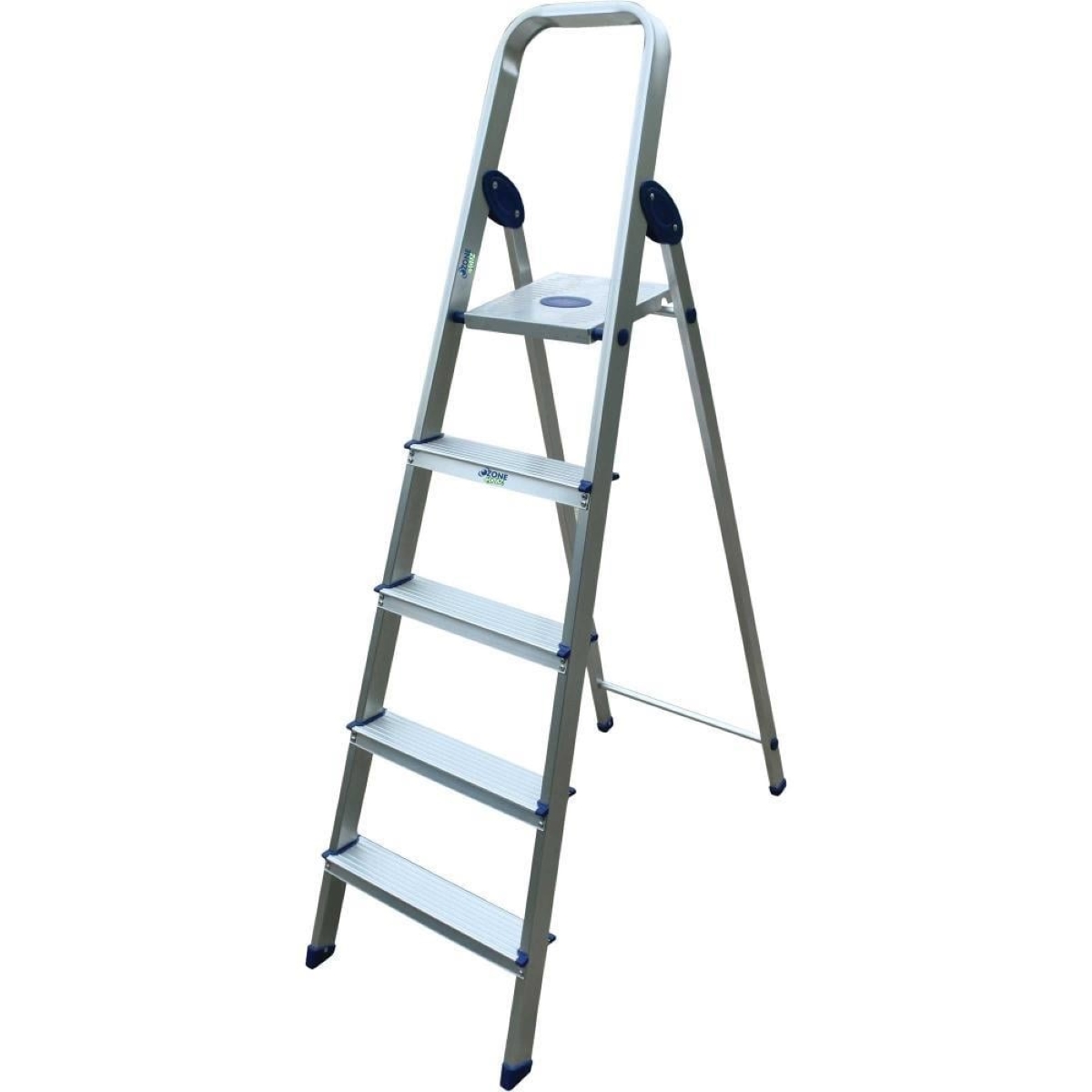
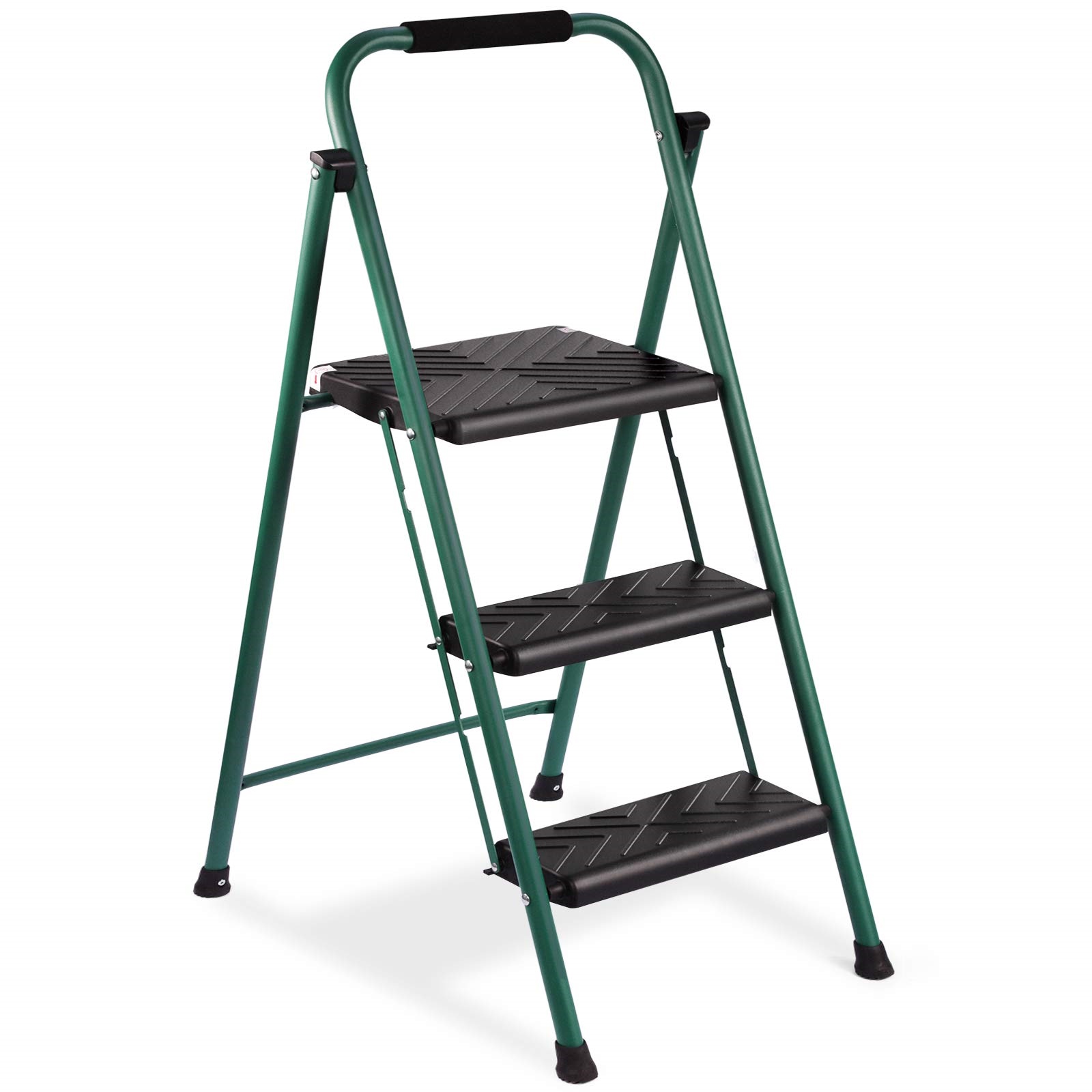
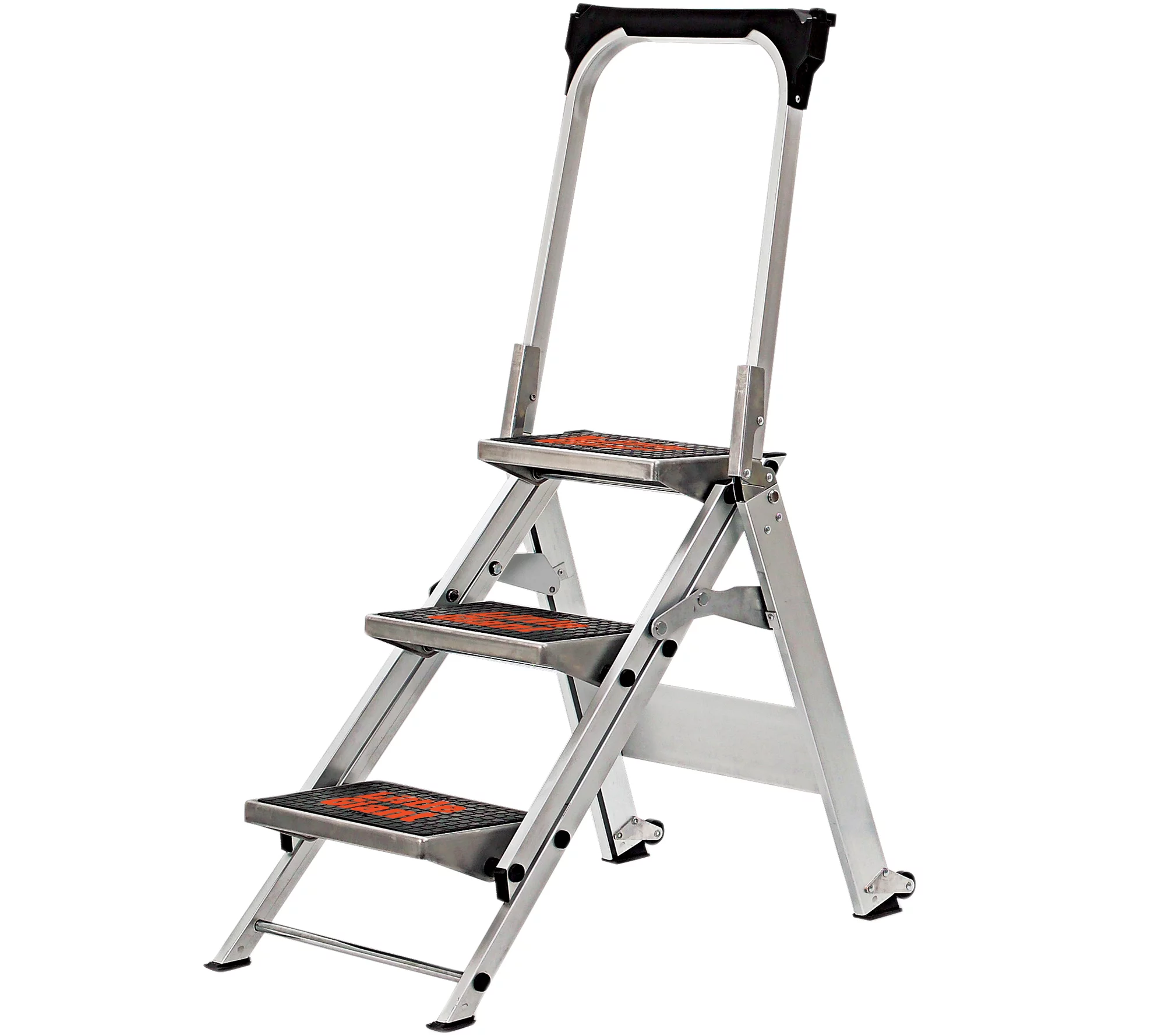
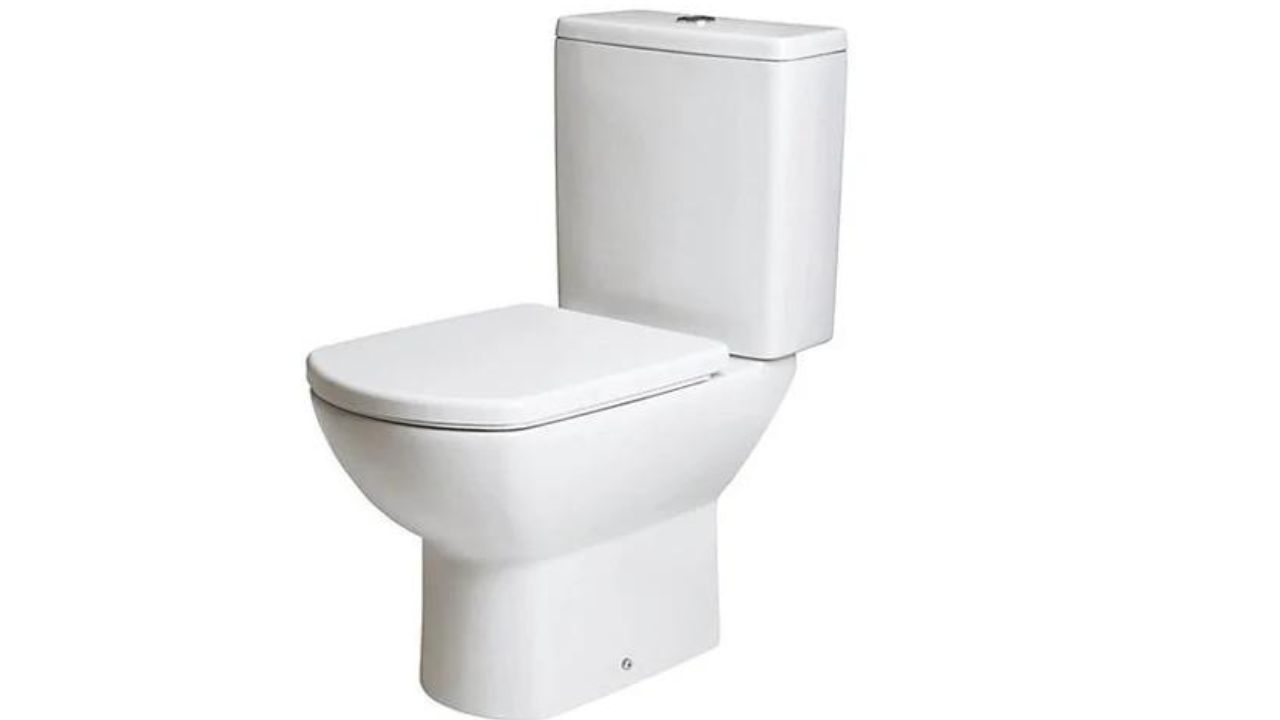
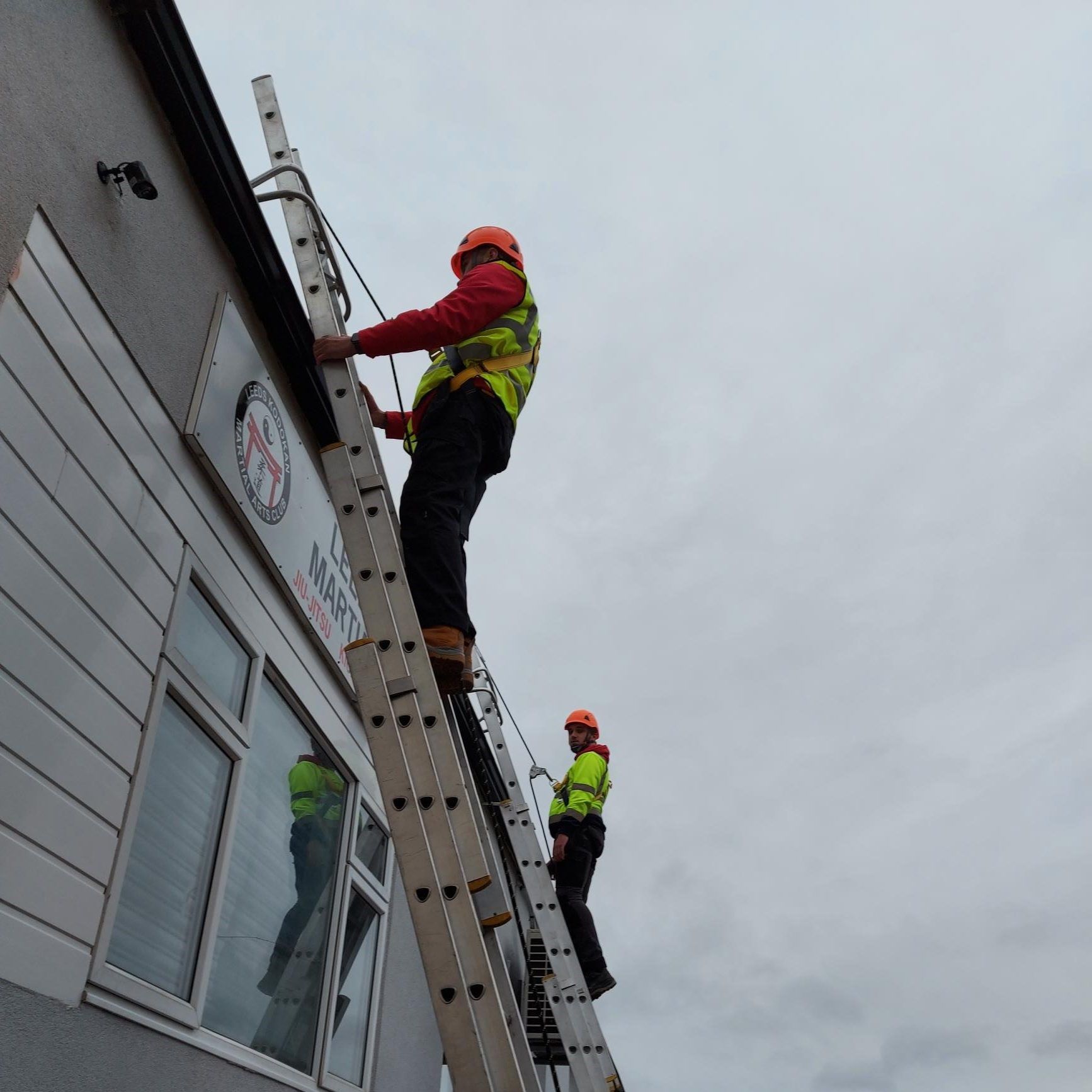
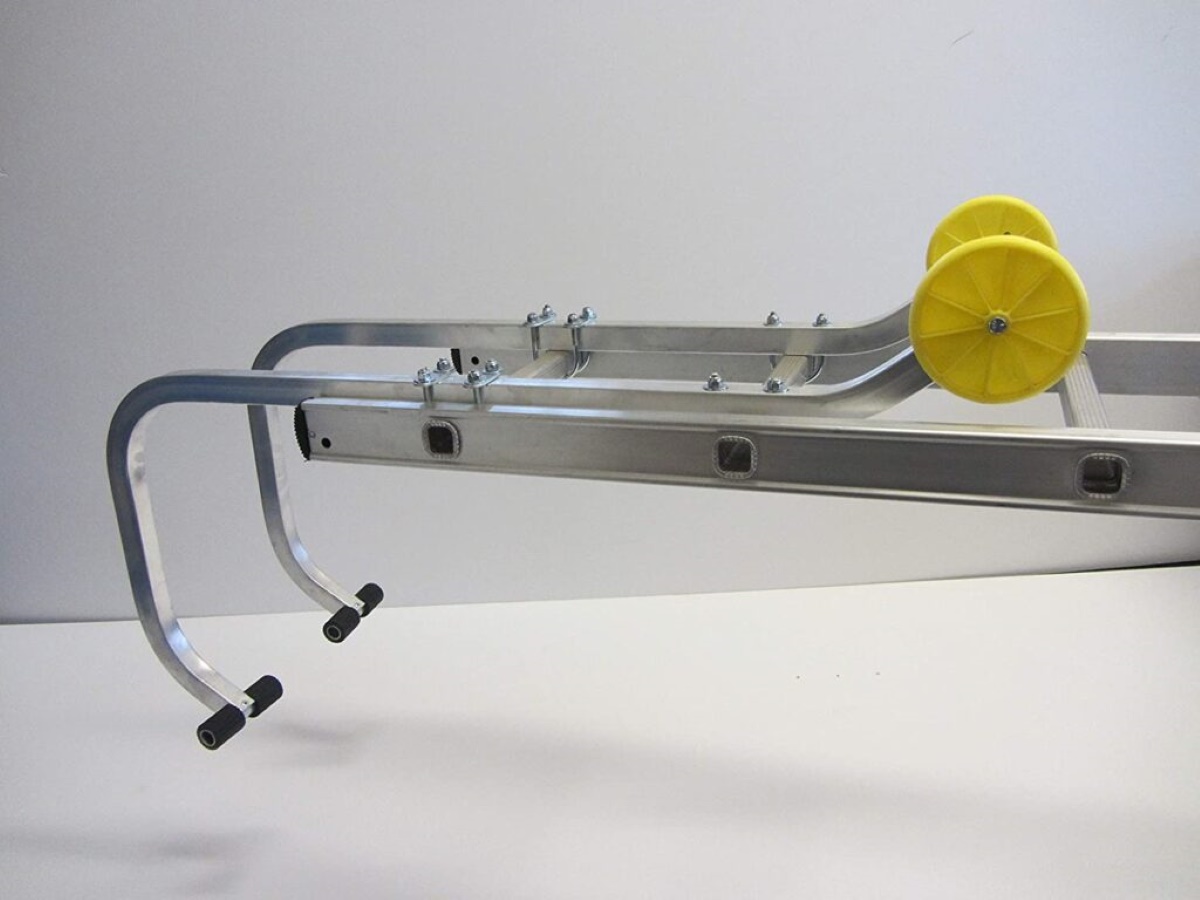
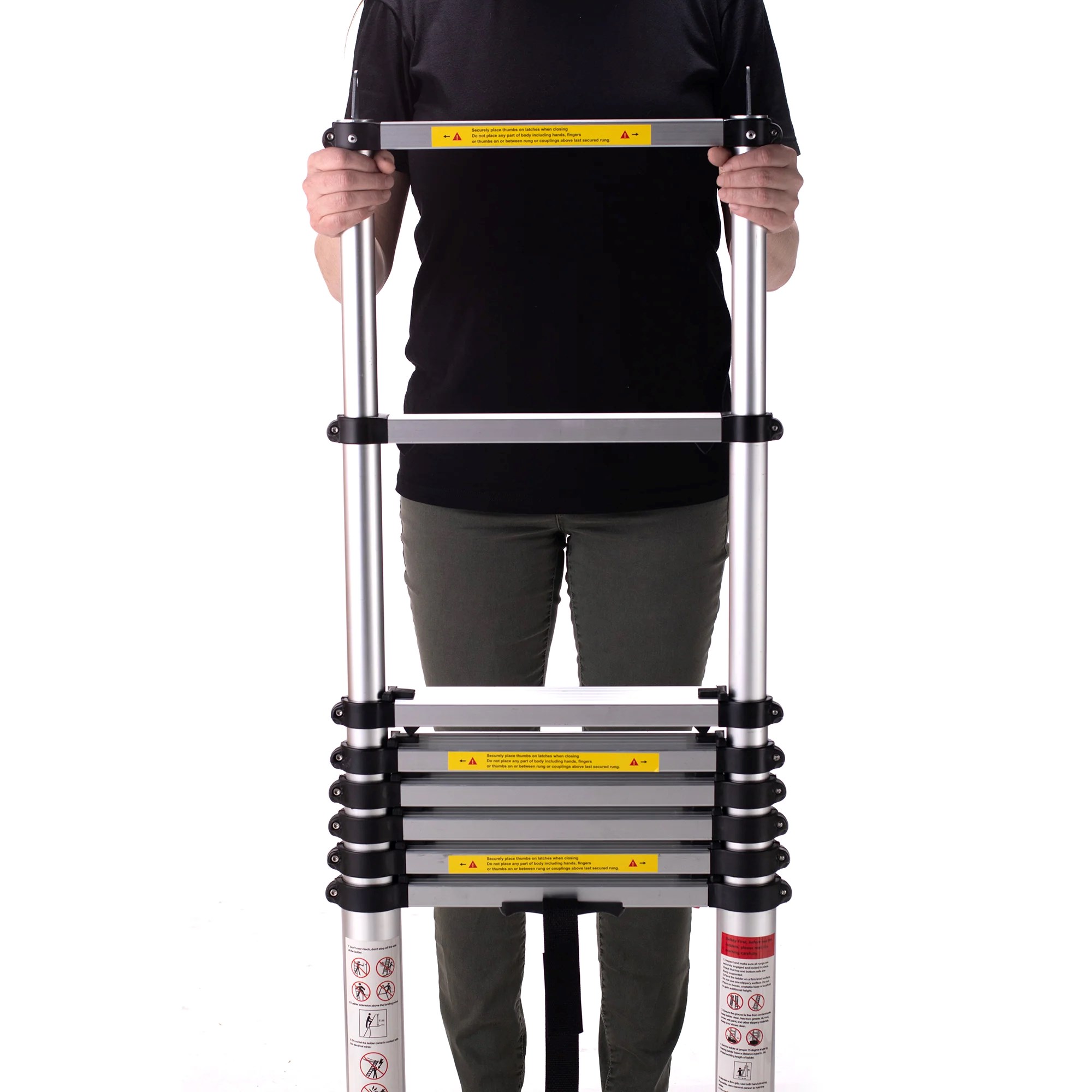
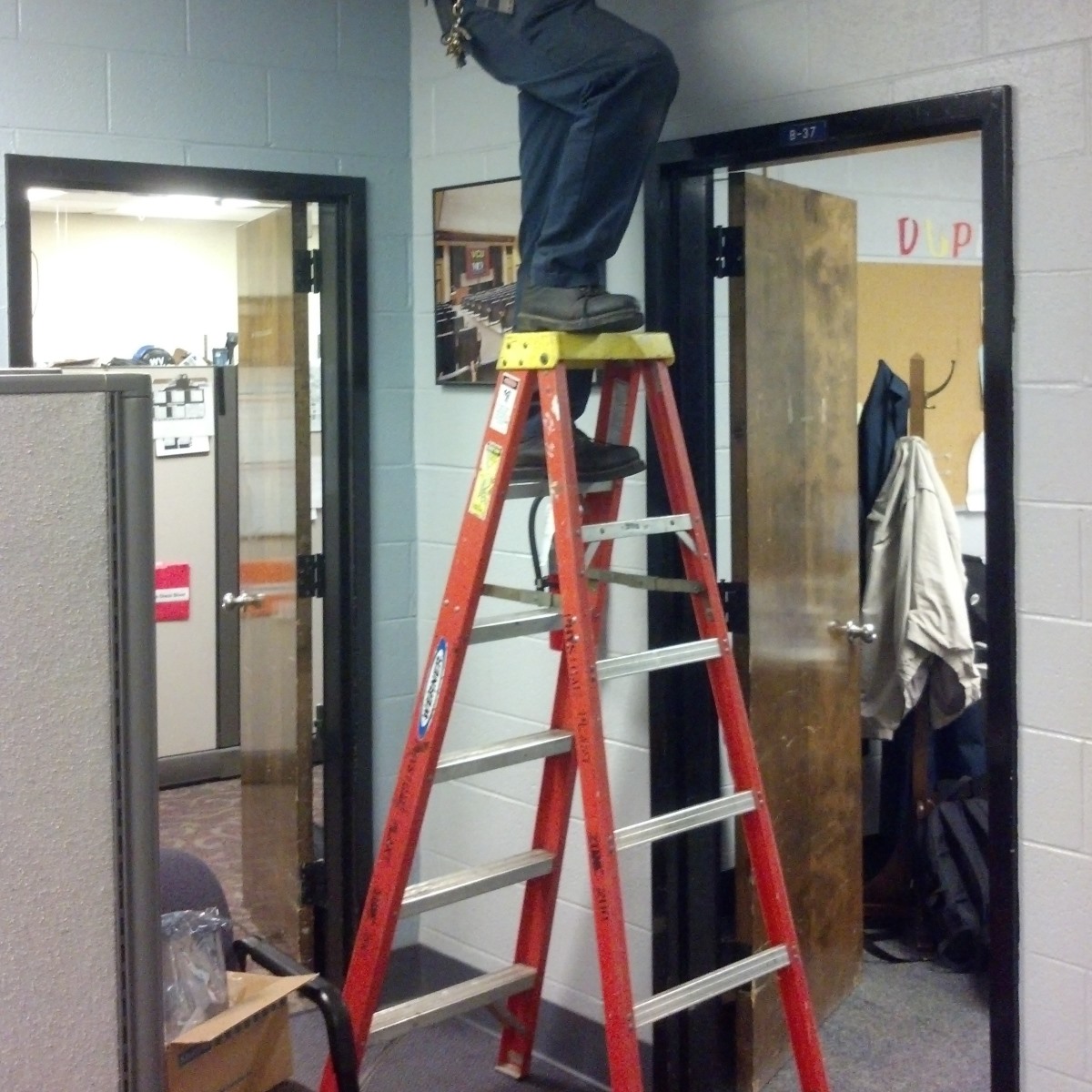
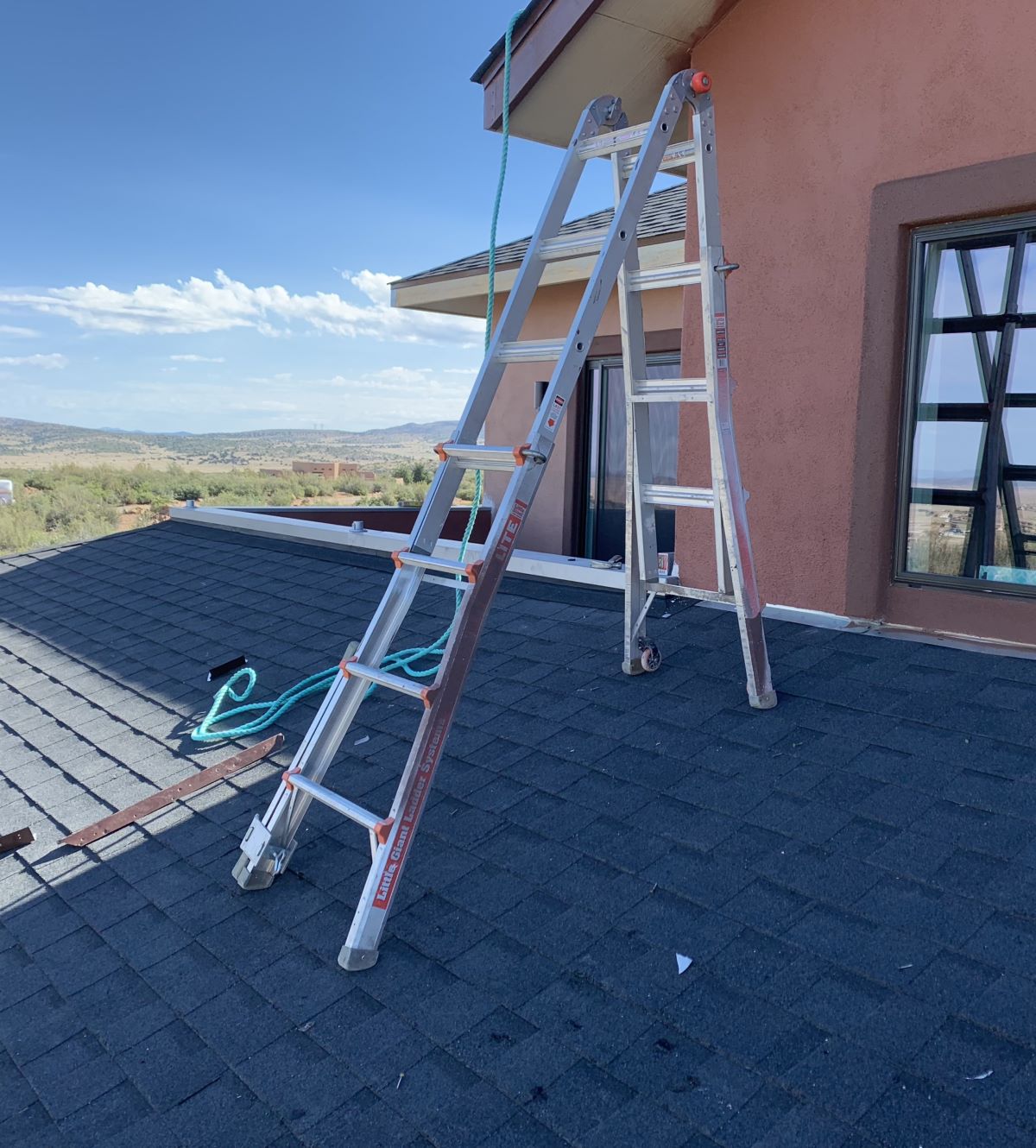
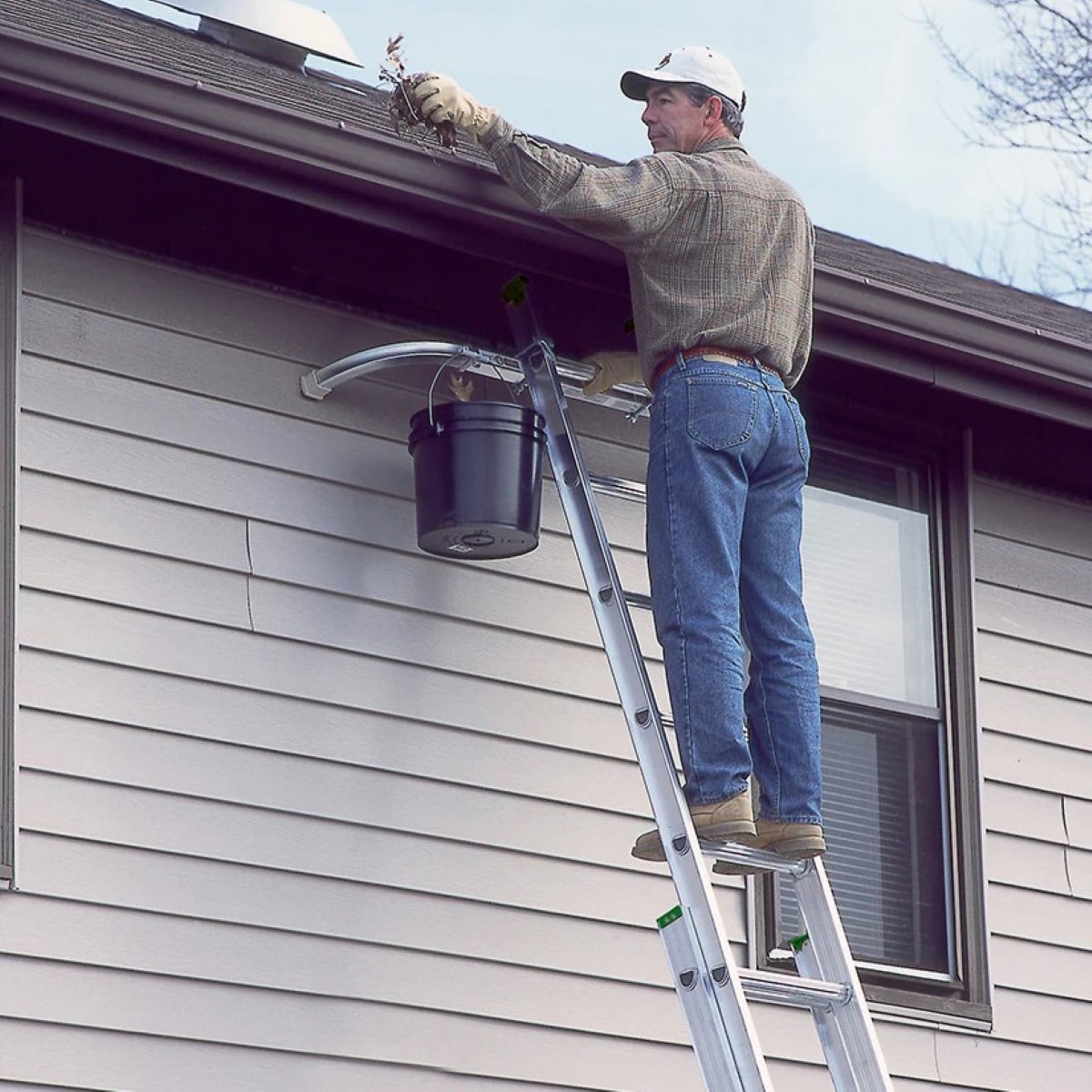
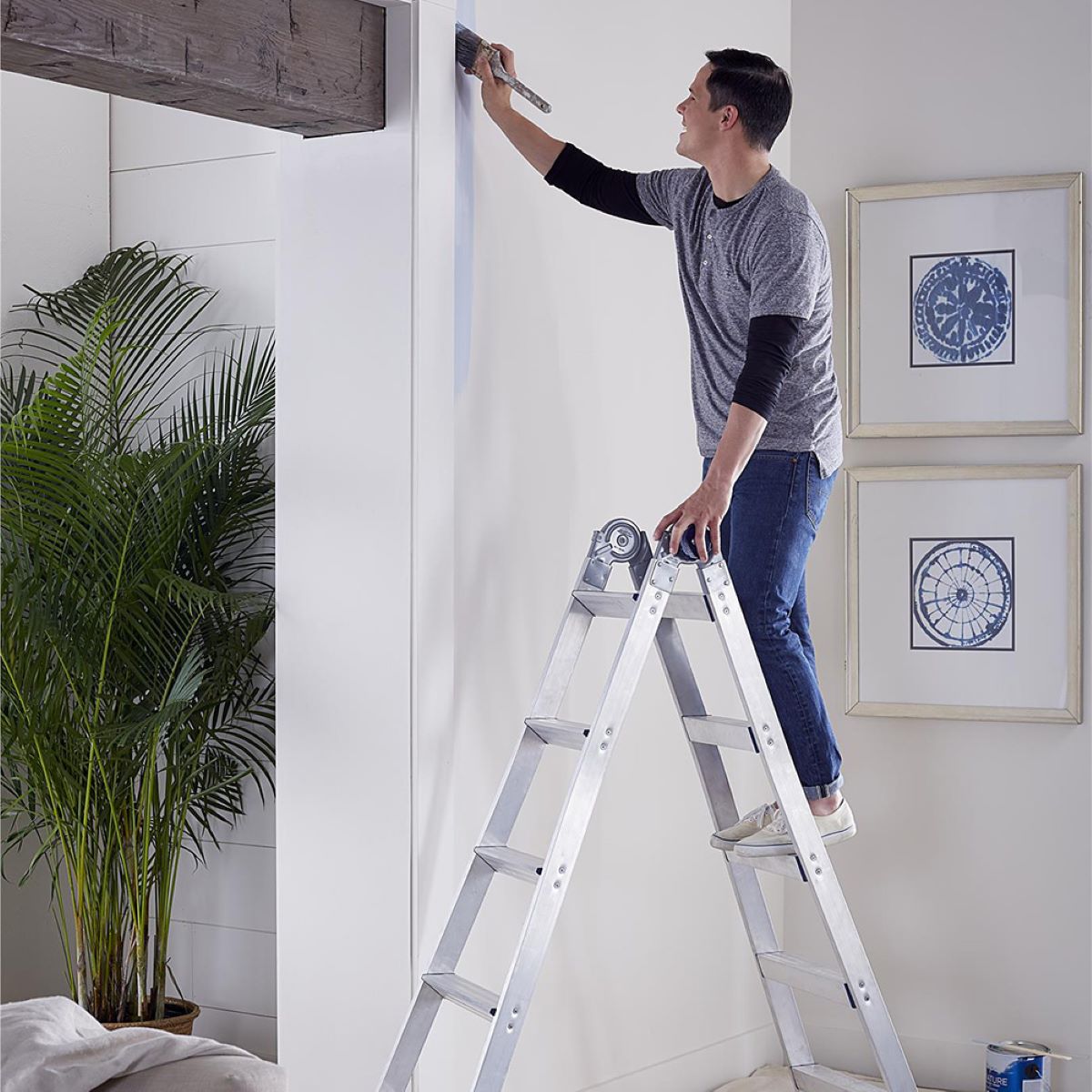
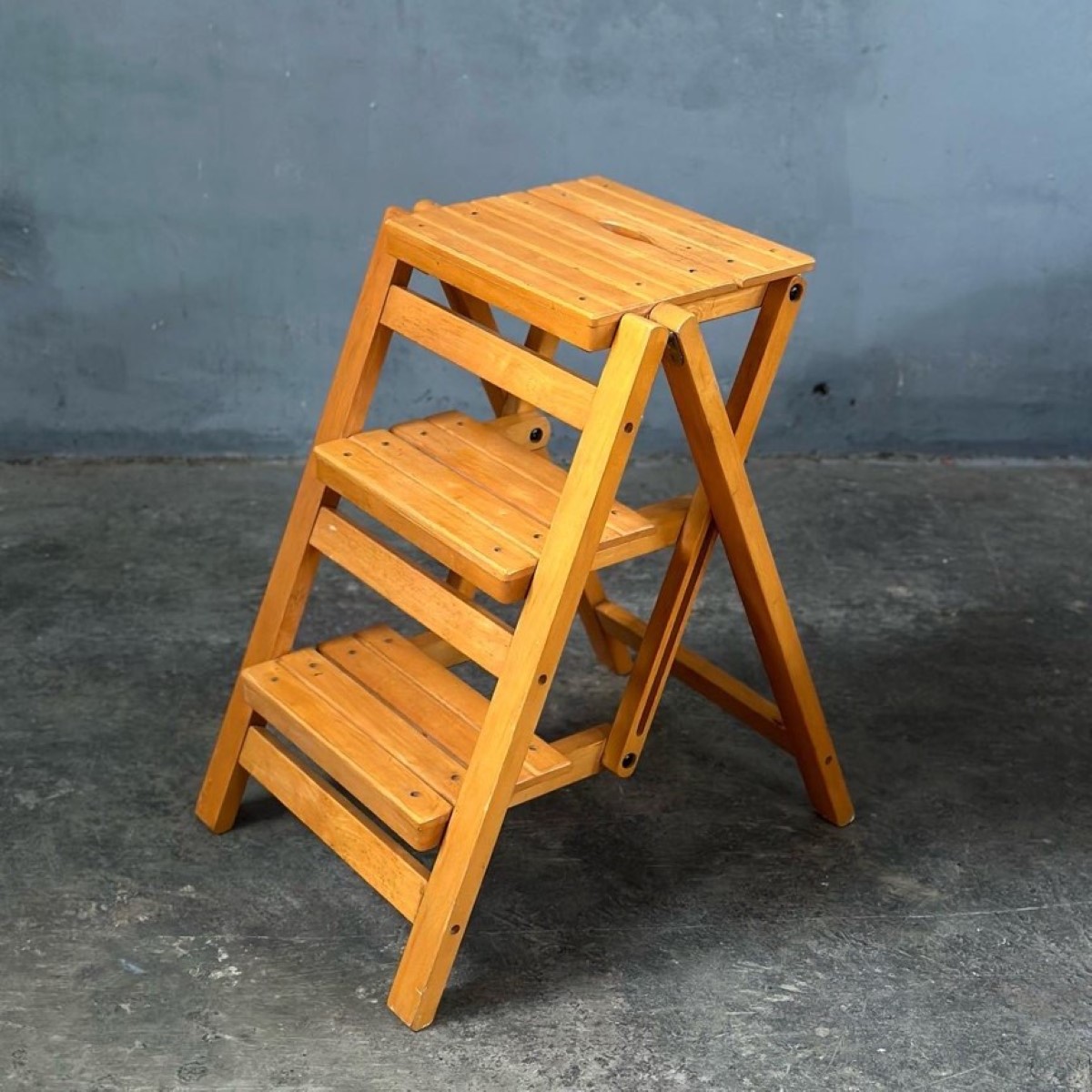

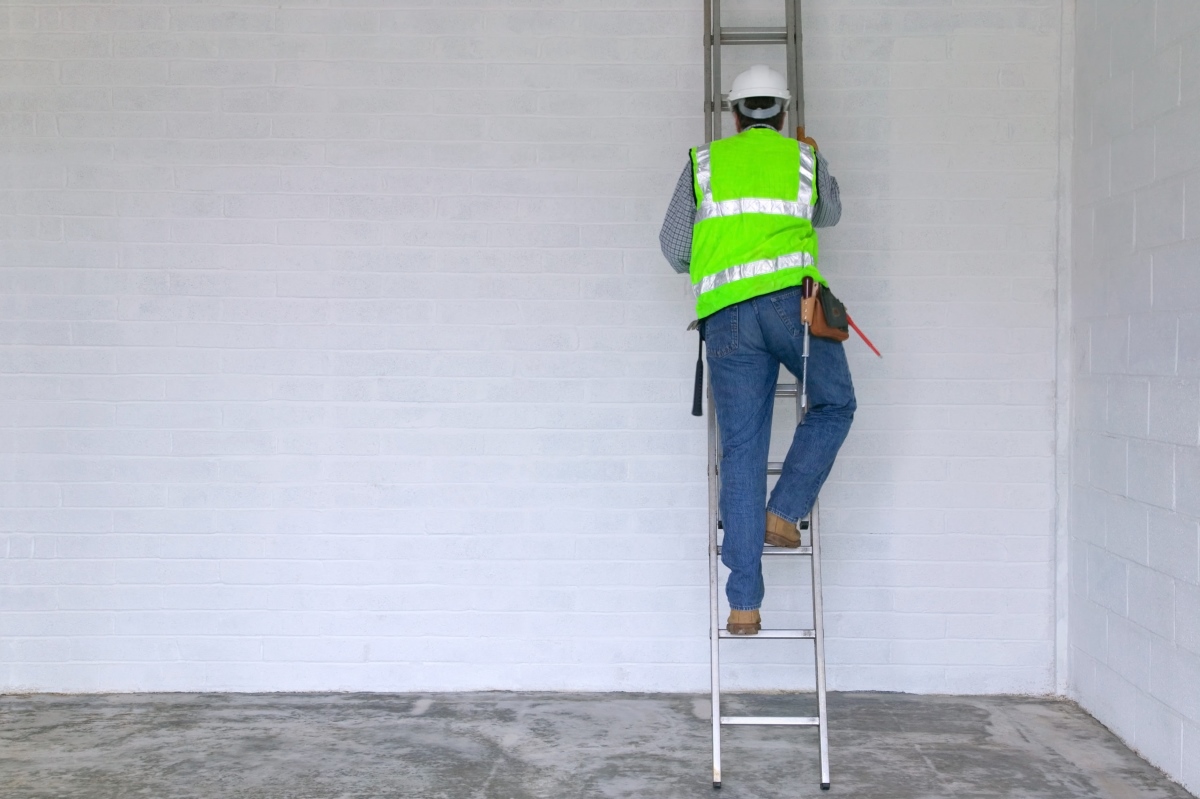

0 thoughts on “How To Use A Step Ladder”